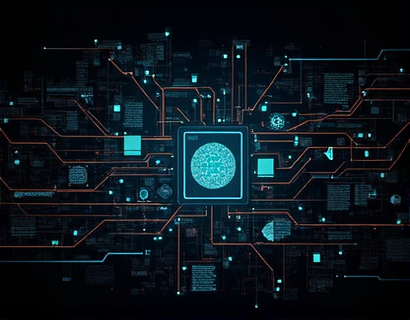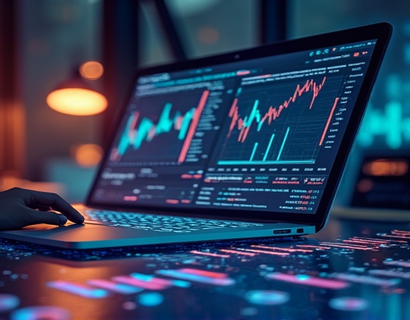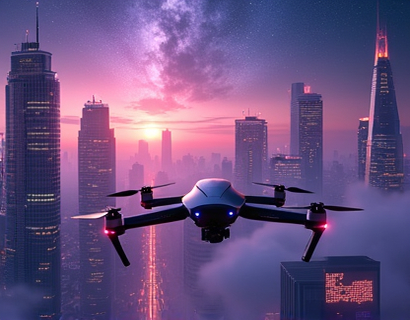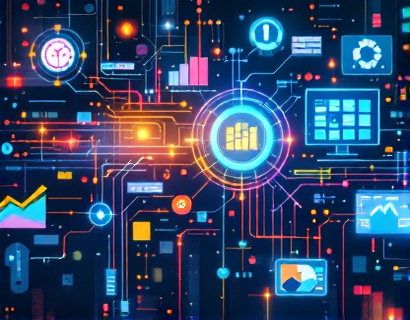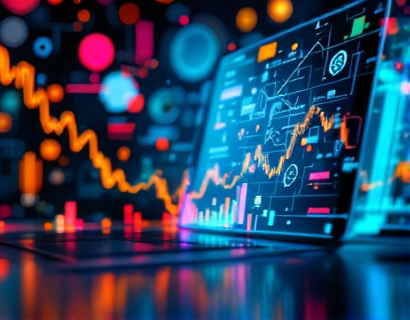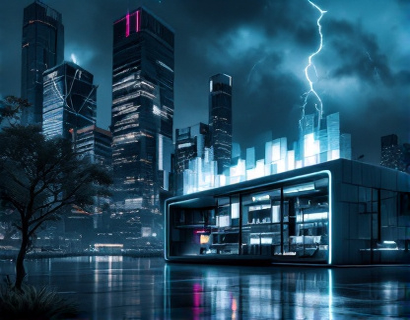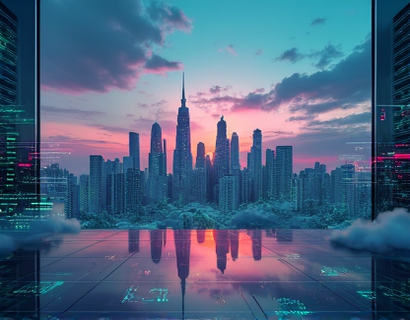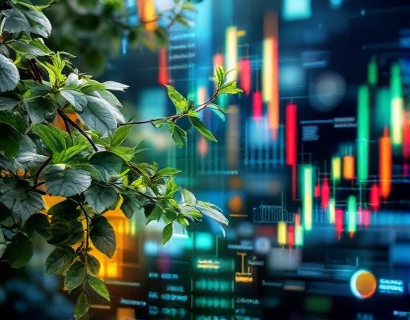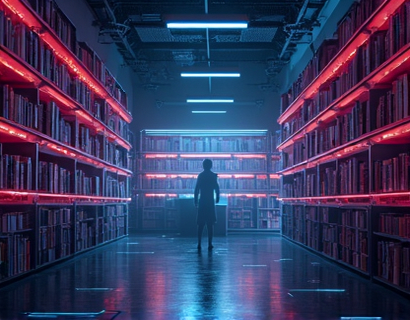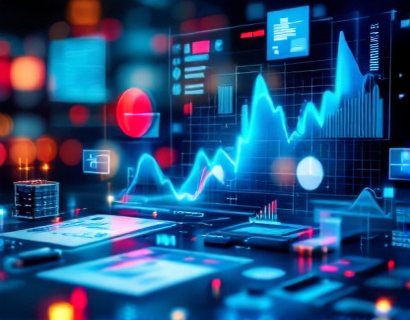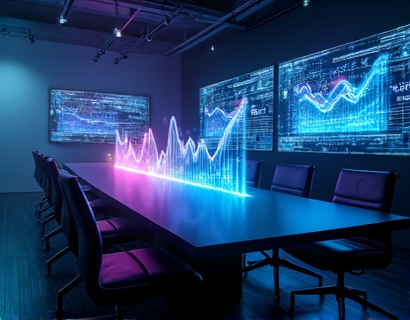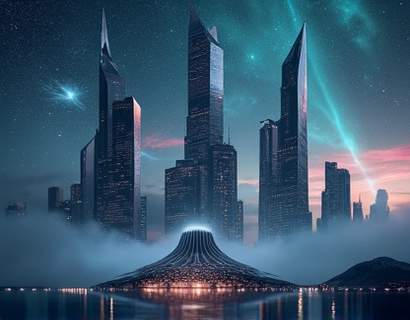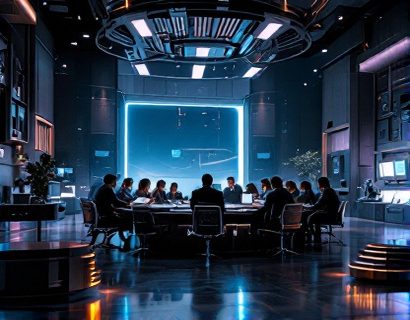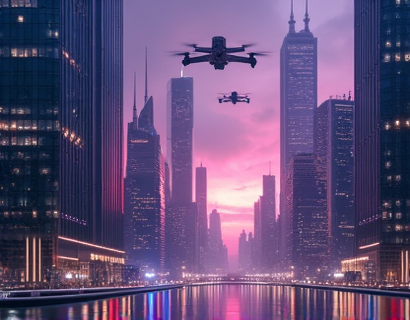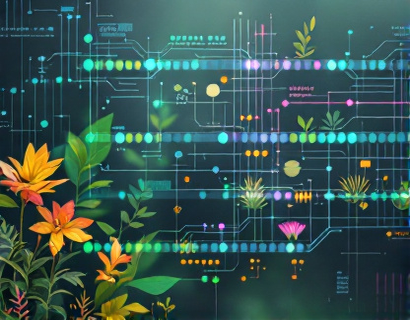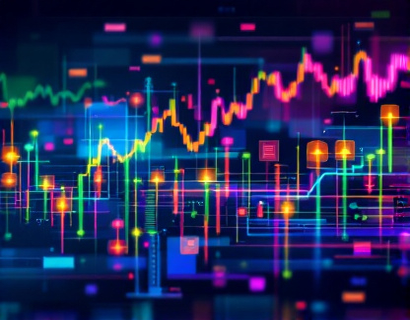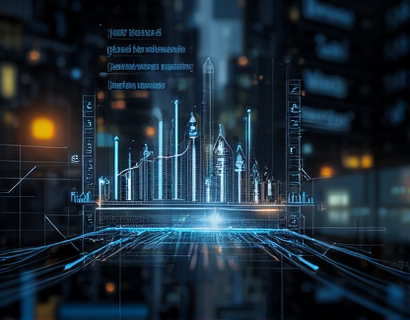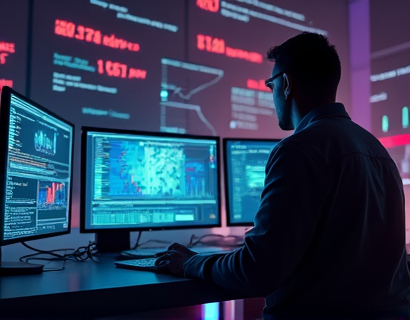Unlocking Digital Transformation: Converting Physical and Digital Assets into Enchanted Collectibles with Advanced Online Solutions
The digital age has ushered in a new era of creativity and innovation, where the boundaries between the physical and digital worlds are increasingly blurred. One of the most exciting developments in this realm is the concept of digital transformation, particularly the conversion of physical and digital assets into enchanted collectibles. This process not only enhances the value and allure of these assets but also opens up a myriad of possibilities for digital expression and artistic exploration. In this article, we will delve into the intricacies of this transformation, exploring how advanced online solutions are revolutionizing the way we perceive and interact with our possessions.
Digital transformation, in the context of asset reimagining, involves leveraging cutting-edge technology to breathe new life into both physical and digital items. This process goes beyond mere digitization; it encompasses the creation of digital collectibles that capture the essence and uniqueness of the original assets. These collectibles are not just digital replicas but are enriched with additional layers of meaning, interactivity, and value. By transforming physical items like artworks, antiques, or rare collectibles into digital forms, owners can enjoy enhanced accessibility, preservation, and even monetization opportunities.
The journey begins with the identification and selection of assets that hold sentimental, historical, or monetary value. These can range from family heirlooms and vintage items to digital files such as high-resolution images, videos, and 3D models. The first step in the transformation process is to digitize these assets if they are not already in a digital format. High-resolution scanning, 3D scanning, and professional photography are some of the techniques used to capture the details and nuances of physical items. For digital assets, the focus is on ensuring the files are of the highest quality and compatible with various platforms.
Once the assets are digitized, the next step is to design and create the digital collectibles. This involves a blend of artistry and technology. Artists and designers play a crucial role in this phase, using their skills to enhance and transform the digital files into captivating collectibles. This can include adding unique visual effects, animations, and interactive elements that make the collectibles stand out. The goal is to create an immersive experience that resonates with collectors and enthusiasts, making the digital assets more than just static images or files.
The technology behind this transformation is diverse and sophisticated. Blockchain technology, for instance, is pivotal in ensuring the authenticity and ownership of digital collectibles. By using blockchain, each collectible can be uniquely identified and verified, preventing duplication and fraud. Smart contracts can automate the process of ownership transfer and ensure that transactions are secure and transparent. Additionally, augmented reality (AR) and virtual reality (VR) technologies can be employed to bring these collectibles to life in immersive environments, allowing users to interact with them in unprecedented ways.
One of the key benefits of this digital transformation is the enhanced value and appeal of the assets. Digital collectibles can command higher prices in the market due to their uniqueness and the effort put into their creation. Collectors can showcase their items in digital galleries, share them on social media, or even trade them with other enthusiasts globally. This global reach expands the potential audience and increases the asset's exposure, potentially leading to higher appreciation in value over time.
Moreover, the digital nature of these collectibles makes them highly portable and easy to manage. Unlike physical items that require storage space and maintenance, digital collectibles can be stored and accessed from anywhere with an internet connection. This convenience factor is particularly appealing to collectors who travel frequently or have limited living space. The ability to easily back up and restore digital assets also provides peace of mind against physical damage or loss.
The community aspect of digital asset transformation is another significant factor driving its popularity. Online platforms and forums dedicated to digital collectibles have emerged, fostering a vibrant community of creative visionaries. These communities serve as spaces for collaboration, inspiration, and learning. Members can share their projects, seek feedback, and collaborate on new ideas. This collective creativity accelerates innovation and pushes the boundaries of what is possible in the realm of digital collectibles.
For those interested in embarking on this digital transformation journey, there are several advanced online solutions available. These platforms provide the tools and resources needed to digitize assets, create digital collectibles, and engage with a global community. Features often include high-quality digitization tools, design and customization options, blockchain integration, and community features such as forums and marketplaces. Some platforms also offer educational resources and workshops to help users develop the necessary skills and knowledge.
When choosing a platform, it is essential to consider factors such as ease of use, security, community support, and the range of features offered. A user-friendly interface is crucial for those who may not have extensive technical expertise. Robust security measures are necessary to protect the digital assets and ensure privacy. A strong and active community can provide valuable support and inspiration, while a comprehensive set of features can enhance the overall experience.
To illustrate the potential of this digital transformation, consider the example of a rare vintage photograph. Traditionally, this photograph might be stored in an album or displayed on a wall, accessible only to a limited audience. Through digital transformation, the photograph can be scanned and converted into a high-resolution digital collectible. This collectible can be enhanced with historical context, annotations, and even interactive elements such as a timeline of the photographer's life. The digital collectible can then be shared on social media, displayed in virtual galleries, or traded with other collectors worldwide. The photograph, once confined to a physical space, now has a global presence and a community of admirers.
Another example is a piece of digital art that exists solely in the digital realm. This art can be transformed into a unique digital collectible by adding layers of interactivity, such as animations or soundscapes. The collectible can be displayed in virtual art galleries or integrated into AR experiences, allowing viewers to interact with the art in immersive environments. This not only enhances the artistic experience but also opens up new avenues for monetization, such as virtual exhibitions and digital sales.
The impact of digital transformation extends beyond individual assets to the broader cultural and economic landscape. As more people embrace this new form of asset management and expression, we can expect to see a shift in how value is perceived and created. The traditional notions of ownership and scarcity are being redefined, with digital collectibles offering new opportunities for creators and collectors alike. This shift also has implications for industries such as art, antiquities, and entertainment, as they adapt to the changing landscape.
In conclusion, the digital transformation of physical and digital assets into enchanted collectibles represents a exciting frontier in the intersection of technology and creativity. By leveraging advanced online solutions, individuals can enhance the value and appeal of their possessions, engage with a global community, and explore new forms of digital expression. As this field continues to evolve, the possibilities for innovation and artistic exploration are boundless, promising a future where the lines between the physical and digital worlds are seamlessly integrated.




